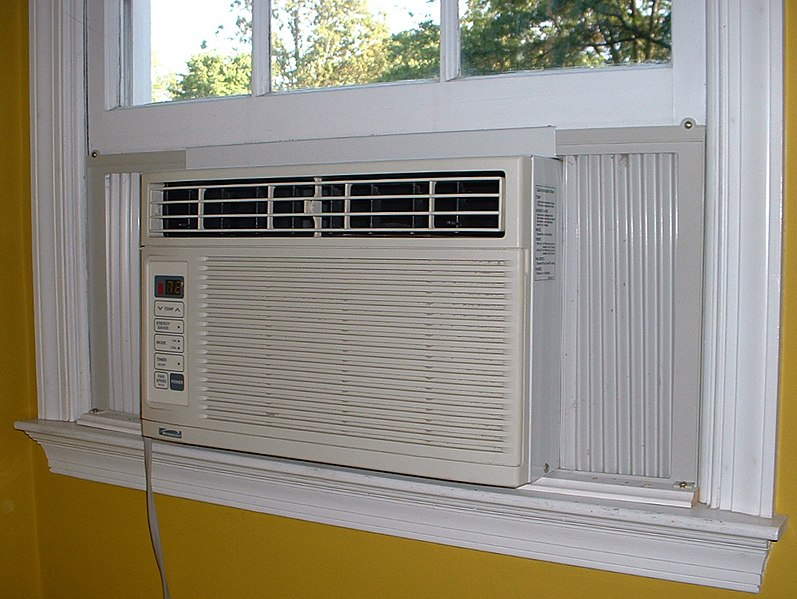 Don't Heat - or Cool - the Great Outdoors!
Don't Heat - or Cool - the Great Outdoors!Americans use twice as much energy as necessary to heat their homes. That accounts for a lot of wasted energy!
If you have a fireplace, close the damper when you don't have a fire burning. An open fireplace damper can let 8 percent of heat from your furnace escape through the chimney! In the summer, an open fireplace damper can let cool air escape. It's like having a window open!
Make a map of your home, and mark all the windows, heating vents, and outside doors. Take a ribbon and hold it up to the edges of the doors and windows. If the ribbon blows, you've found a leak! Ask Mom or Dad to seal the leak with caulk or weatherstripping.
Think about your curtains. Keeping the curtains closed on cold, cloudy days helps block the cold outside air from getting inside. Also, keeping the curtains closed on very hot days keeps the hot air out!
In the BedroomTurn off your electric blanket when you aren't in bed.
Don't leave on your computer, TVs, radios or games that use electricity when you're not using them.
In the BathroomWasting water wastes electricity. Why? Because the biggest use of electricity in most cities is supplying water and cleaning it up after it's been used!
About 75 percent of the water we use in our homes is used in the bathroom. Unless you have a low flush toilet, for example, you use about five gallons to seven gallons of water with every flush! A leaky toilet can waste more than 10,000 gallons of water a year. Wow!
Drippy faucets are bad, too. A faucet that leaks enough water to fill a soda bottle every 30 minutes will waste 2,192 gallons of water a year.
Another simple way to save water AND energy is to take shorter showers. You'll use less hot water - and water heaters account for nearly 1/4 of your home's energy use.
In the KitchenAccording to researchers who are paid to study such things, a load of dishes cleaned in a dishwasher uses 37 percent less water than washing dishes by hand! However, if you fill up one side of the sink with soapy water and the other side with rinse water - and if you don't let the faucet run - you'll use half as much water as a dishwasher does. Doing the dishes this way can save enough water for a five-minute shower!
If you need to warm up or defrost small amounts of food, use a microwave instead of the stove to save energy. Microwave ovens use around 50 percent less energy than conventional ovens do. For large meals, however, the stove is usually more efficient. In the summer, using a microwave causes less heat in the kitchen, which saves money on air conditioning.
Don't keep the refrigerator door open any longer than you need to. Close it to keep the cold air inside! Also, make sure the door closes securely. There is a rubber-like seal around the door that you can test. Just close the door on a dollar bill, and then see how easy it is to pull out. If the dollar slides out easily, the door is probably leaking cold air from inside.
Is there an old refrigerator sitting in the garage or someplace else at home? Old refrigerators are real energy hogs! An old refrigerator could be costing your family as much as $120 a year to operate. Urge your parents to replace it if they don't need it, and remind them that one large refrigerator is cheaper to run than two smaller ones.
Don't Leave Things Turned OnTurn off the TV when no one is watching it. The same goes for computers, radios and stereos - if no one using it, turn it off. Turn off all the appliances at the surge protector/control strip - that four- or six-plug extension chord that you plug all your computer things into. Some devices, like modems or other networking boxes are drawing small amounts of power all the time. Check with your folks first, but the best thing to do is turn them ALL off at the surge protector.














